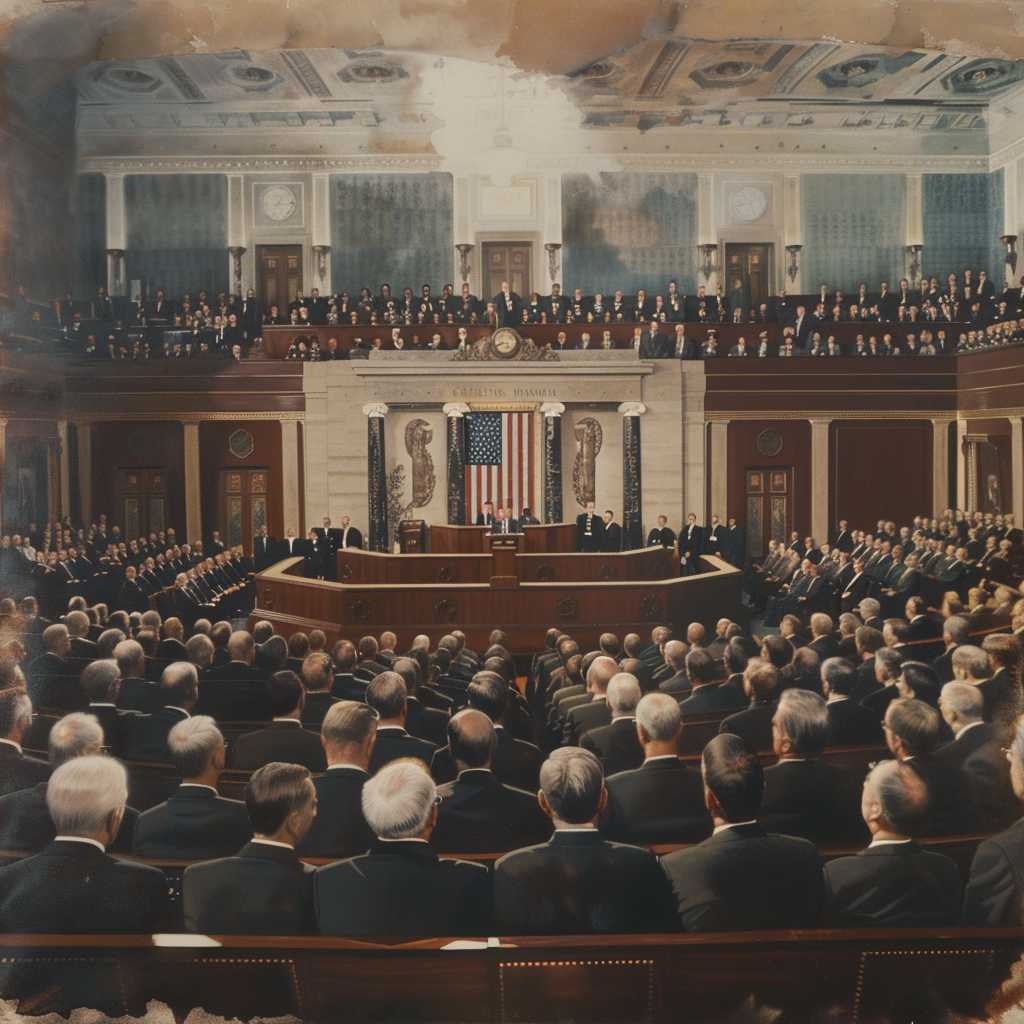Understanding the State of the Union Address: History, Significance, and Process
The State of the Union address is a time-honored tradition in the United States. Mandated by the Constitution, this annual event serves as a platform for the President to report on the condition of the nation and outline legislative goals and national priorities. From George Washington’s first speech to Congress to its current televised and digitally-streamed form, the State of the Union has evolved, maintaining its essential function as a communication channel between the Executive branch and the Legislature, as well as the American people.
Historical Evolution of the State of the Union Address
The origins of the State of the Union address trace back to Article II, Section 3, Clause 1 of the U.S. Constitution, which stipulates that the President “shall from time to time give to the Congress Information on the State of the Union, and recommend to their Consideration such Measures as he shall judge necessary and expedient.” This broad directive formed the backbone of what would become an annual speech delivered in person by many Presidents, although some, such as Thomas Jefferson, opted instead for written reports delivered to Congress, a practice that prevailed until Woodrow Wilson revived the oral tradition in 1913.
Developments over time have transformed the address into not just a briefing for Congress but a widely broadcast event viewed by millions of citizens. Technological advances ushered in radio broadcasts in the 1920s, television coverage in the 1940s, and internet streaming in more recent years. These mediums have opened up new venues for Presidents to court public opinion and increase support for their policy agendas.
Key Components and Themes of the Address
At its core, the State of the Union address serves multiple purposes: it provides an overview of current national circumstances; it outlines policy proposals and legislative priorities; it can call for bipartisan cooperation or underscore political differences; it often pays tribute to notable individuals or achievements; and it sets out foreign policy positions.
Presidents historically use the address to highlight successes or milestones from the past year and propose actions on pressing issues. Common topics include economic conditions, defense, health care, education, and recently cybersecurity and climate change have come to prominence. Symbolism features heavily, with guests often invited by the First Lady to sit in the gallery becoming symbolic representatives of policy narratives or national narratives.
Preparation and Logistics Behind the Speech
Months before the actual event, work begins on crafting the State of the Union address. Speechwriters collaborate with the President, senior aides, policy experts, and sometimes polling strategists to develop content that weaves together policy initiatives with rhetoric designed to persuade both legislators and viewers. The drafting process can be iterative with input obtained from various departments and agencies to ensure accuracy and support for proposed initiatives.
Logistically, coordination with Congress is required. The Speaker of the House formally invites the President to deliver the address in what is primarily a Joint Session of Congress gathering in January or February each year. Security measures are stringent during this event. The tradition of a “designated survivor” ensures continuity of government by having one cabinet-level official absent from proceedings—the last line of succession were a catastrophic event to occur.
Contemporary Perspectives on Delivery and Impact
Modern Presidents face a different set of expectations when they step up to deliver the State of the Union. In an era marked by deep political polarization and instant digital communications, every word can be scrutinized instantaneously. Despite these challenges, Presidents aim to use this unique opportunity to rally support for their agenda.
Critics often express concerns over whether broadcasts of partisan responses and stifling political choreography may detract from productive dialogue. In contrast, supporters see this platform as an important vehicle for accountability where Presidents must publicly state their goals and stances before both Congress and voters.
